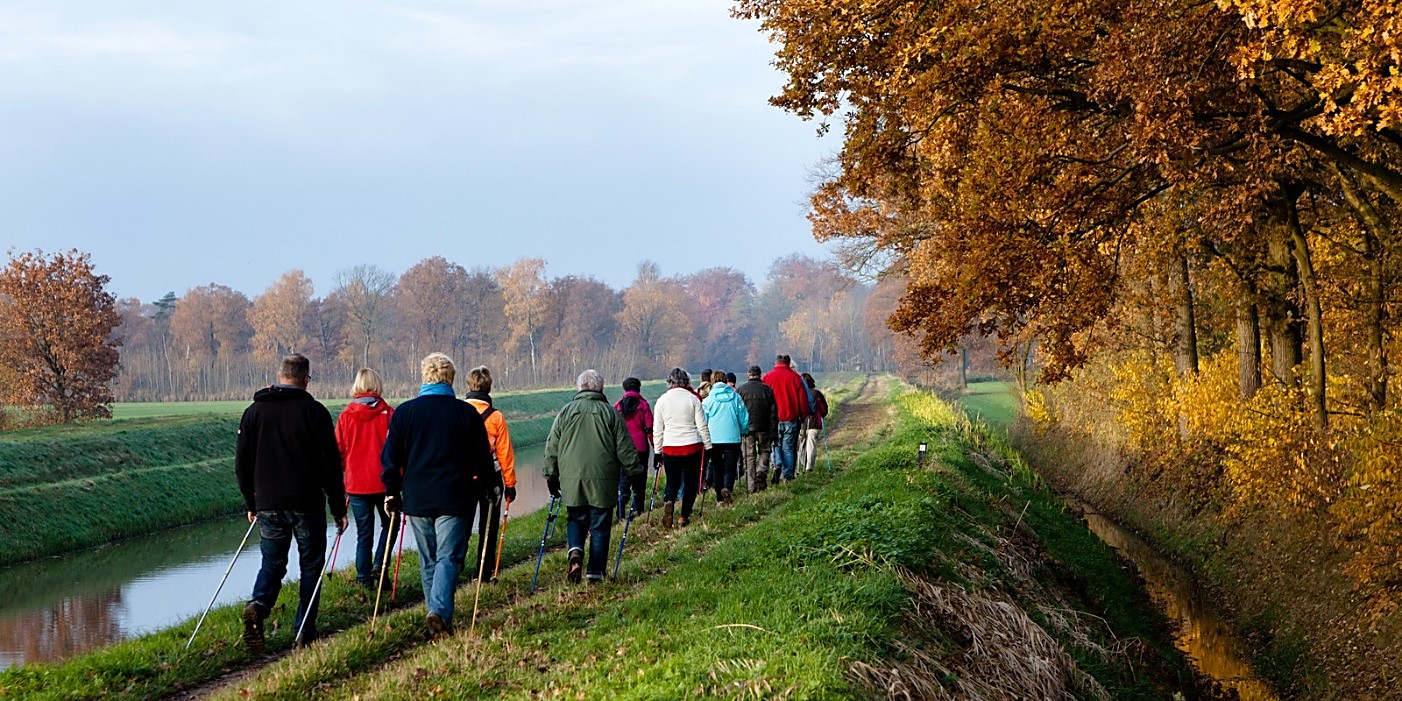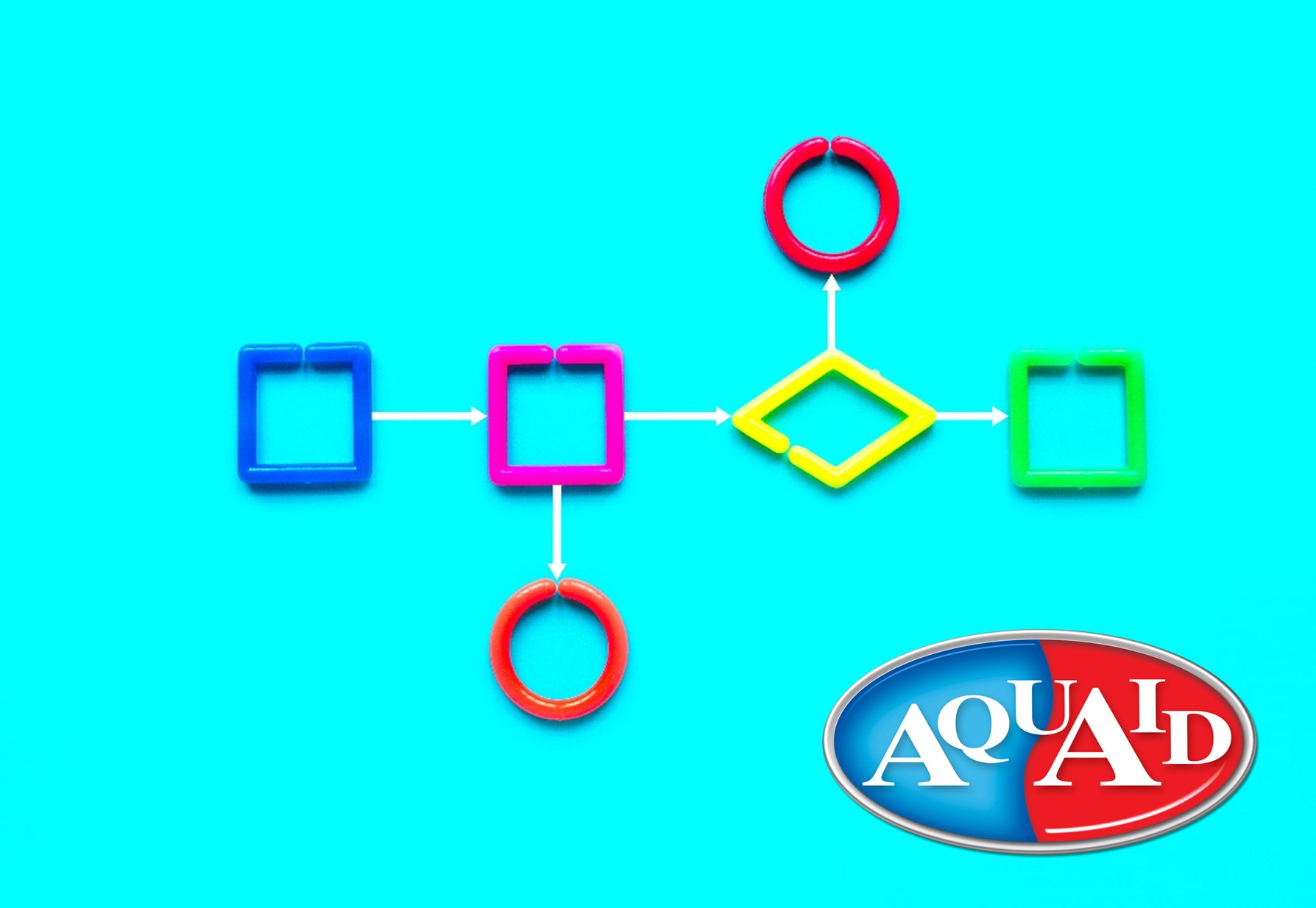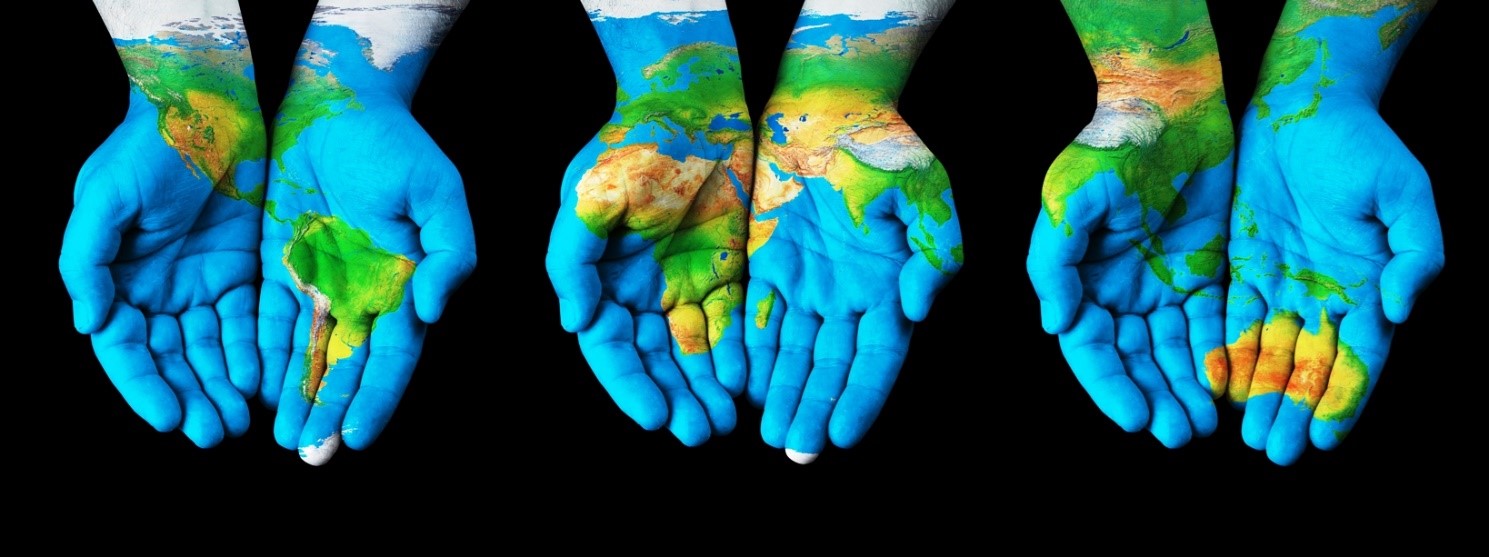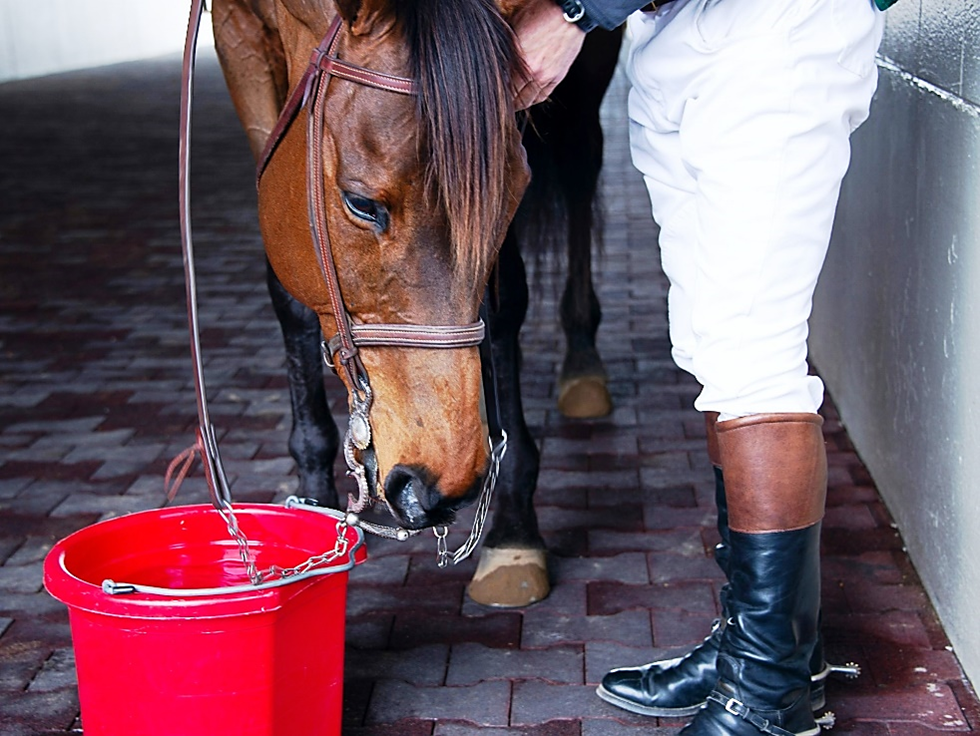
by Fern Shaw | Jan 28, 2025 | aquaid, water cooler, Water Coolers
It was the International Day of Education recently. The day is aimed at advocating for quality education and equal access to education for all.
Numerous activities promoting the significance of and highlighting how important education is were held across the UK.
What may be surprising is that something as simple as drinking water can significantly impact a child’s education, as staying hydrated is crucial for cognitive function, focus, and overall well-being, all of which play a vital role in a child’s ability to learn.
How does hydration affect learning?
Improved concentration and focus. When children are dehydrated, their brains don’t function at their best. Dehydration can lead to fatigue, headaches, and difficulty concentrating, making it harder for them to pay attention in class and absorb information.
Enhanced memory and cognitive function. Studies have shown that proper hydration can improve memory, critical thinking skills, and overall cognitive function. This means that well-hydrated children are better equipped to tackle challenging subjects and retain information.
Reduced illness and absenteeism. Dehydration can weaken the immune system, making children more susceptible to illness. By staying hydrated, children are less likely to get sick, reducing the number of school days missed and ensuring they don’t fall behind in their studies.
Improved mood and behaviour. Dehydration can affect mood, leading to irritability and fatigue. When children are well-hydrated, they are more likely to be happy, alert, and engaged in their learning.
What can parents and educators do to encourage children to drink water?
Make water readily available. Ensure that children have access to clean water throughout the day, both at home and at school.
Set a good example. Children are more likely to drink water if they see their peers, parents, and teachers doing the same.
Encourage children to bring water bottles to school*. This allows them to stay hydrated throughout the day.
Making a conscious effort to ensure that children are well-hydrated is a simple method that can help create a more conducive learning environment and help them reach their full potential.
Installing an AquAid water cooler or water fountains in schools provides students and staff alike with direct access to a constant source of drinking water. All of which help create and instill better hydration habits.
AquAid also offer *free refillable drinking water bottles and free school posters to help keep water top of mind during the school day.

by Fern Shaw | Nov 27, 2024 | water cooler, Water Coolers
Winter is almost upon us, bringing with it time to bundle up, exercise less, and usually eat less greens and more of the comfort food … or so we’d think.
But resorting to more hibernation-type habits isn’t really the way to go (One of my personal mantras is ‘shoulda been a bear’ – as I believe hibernating for 8 months of the year is a sound idea). There are loads of options we can take in the winter months that aren’t that difficult to follow and can keep us as summer lean in the process.
Keep exercising
I’m not suggesting you swim the Channel or go running in minus ten-degree weather, but if you attend a gym or health fitness club, keep up with it. In cold months, your own exertions will keep you nice and toasty while exercising, instead of trying to continuously cool down when you’re exercising in the summer months. Just remember to keep hydrated. You can become just as dehydrated in winter as you can in the summer.
Drink water, lots of it.
If you don’t have access to a fitness club, exercise at home – there is tons of information on YouTube, on social media, or on the internet in general, that can give you adequate instruction on exercise regimes you can follow to keep toned up.
Bulk up with rich, healthy food
Again, the instinct (which is hard-wired into our genetic code) is to eat rich, fatty foods in winter so we can bulk up and insulate ourselves. The thing is, we’re not seals and we don’t live in the Arctic (even if some days it may feel like it). There are loads of options to eat hearty-warming food without packing on the weight.
It makes good sense to eat with the seasons. Food in season right now is plentiful which will keep your spend on food down, as in-season food is more readily available.
There’s such a vast range of seasonal food that’s available now, you’ll be spoilt for choice:
Fruit – Pears; apples, cranberries; elderberries and quinces are all in season now.
Vegetables – Artichoke, beetroot; butternut squash; celeriac; celery; chicory; chillies; horseradish; leeks; marrow; parsnips; pumpkin; shallots; swede; sweetcorn and tomatoes.
Herbs and nuts – Almonds; brazil nuts; chestnuts; chives; hazelnuts; rosemary; sage; sorrel and walnuts.
For the meat eaters – Beef; duck; lamb; rabbit; turkey and venison.
Fish – Clams; cod; dover sole; haddock; halibut; hake; lobster; mackerel and plaice.
Finally, in the food annals – don’t forget about good old porridge: Oats provide soluble fibre called beta-glucan which can help lower LDL (bad) cholesterol. The fibre in oats makes it a slow-releasing carbohydrate which keeps blood sugars steady so should stop you reaching for a high-fat snack. If you are not a fan of porridge, add oats to smoothies, mueslis, or yogurts, to bread or fish.
Don’t stop drinking your water!
Throughout all of this, keeping up with exercising; eating the right food, the most important winter months regime is to keep up with drinking water – if you’re averse to cold water, then drink warm water.
If you’re dispensing water from your AquAid water cooler in the workplace, office, store, shop, retail space, school, college, or university, you’ll be spoilt for choice depending on which of our wide range you have installed. We supply high-quality machines that dispense ambient temperature, hot, cool, or chilled water at the wave of your hand/at the touch of a button.
Not only does water fill you up and make you less inclined to eat too much, but often when you think you’re hungry, you’re actually dehydrated, so drinking enough water is a win-win all around.

by Fern Shaw | Nov 12, 2024 | water boiler, Water Boilers, Water Coolers
Being spontaneous is all fair and well enough in certain aspects of our lives: switching up where you take your holiday or buying a neon lime-green cover for your iPhone or Android where you usually opt for a matt black.
When it comes to your pocket, health and well-being though, preparation and planning is usually the wiser choice. ‘Be prepared’ after all is the call sign of the Scouts and Guides and who doesn’t appreciate a person who’s prepared for any eventuality.
It’s the same when it comes to your colder weather drinking water habits. In this regard, though, you needn’t worry: AquAid have you coolered as well as boilered.
But are there real benefits to installing an AquAid Water Boiler? As it turns out, there are plenty, but for the purposes of this article, we’re highlighting just a few:
A water boiler is extremely cost effective, both from an operational and time-saving perspective. Many hours of productivity are lost waiting for the kettle to boil.
The water is kept at the optimum temperature, safe enough that it won’t scald, but hot enough to brew up your preferred hot drink.
Depending on your requirements, whether you choose the smaller AquAid Eco Compact Water Boiler, ranging all the way up to the larger AquAid Eco Wall Fit LargeFlow Water Boiler, each machine in in AquAid’s high-quality range is designed so that you get the most out of your water boiler.
With the cooler weather now upon us and the temperatures dropping as we head towards the end of the year; it makes good sense to install the right-fit water boiler in your premises as soon as possible – wherever your location or whatever size your workspace.
Chat to us at AquAid today.

by Fern Shaw | Nov 5, 2024 | water cooler, Water Coolers
Corporate Social Responsibility (CSR) is the heart and soul of your organisation. It’s about understanding your impact on communities and the environment and taking proactive steps to meet or exceed ethical, legal, commercial and public expectations.
AquAid is committed to responsible business practices and inspiring others to make a difference. We believe that sharing responsibility is an integral part of daily work and that making a positive impact complements commercial success.
A core part of AquAid’s mission is providing sustainable solutions to poverty and emergency relief. Through partnerships with the AquAid-founded Africa Trust and our 25-year collaboration with Christian Aid, we’ve helped countless communities and you can too.
By choosing AquAid as your water cooler supplier, you’re not just getting a quality product and exceptional service; you’re also playing a vital role in bringing hope to those who need it most and breaking the cycle of poverty. As our founder, Paul Searle, once stated, “A great partnership involves business, charity, and community working together.”
When you involve your employees in this partnership, it doesn’t just inspire them but also fosters a sense of belonging within your company. It helps create a healthier working environment, boosts employee satisfaction, loyalty and develops a positive and sustainable social contribution policy. Your CSR decisions will also give your organisation a competitive edge and enhance your credibility.
Simply choosing AquAid as your water cooler supplier can make a significant impact on your company’s CSR efforts. By switching to AquAid, you’re making a difference that will last a lifetime.
To date, with the help of our partners, AquAid has donated over £22 million to charity, benefiting countless families and communities across Africa.

by Fern Shaw | Oct 17, 2024 | Water Coolers
As you no doubt already know, the full proverb reads like this:
You can lead a horse to water but you can’t make it drink.
Meaning: People, like horses, will only do what they have a mind to do.
It would seem that water replenishment is an integral part of life, even in philosophy.
Comparing equine and human minds may seem a bit of a stretch, however, how often is it that despite knowing our brain and body requires hydration, we invent a plethora of excuses not to take that 5 minute rest break to visit the water cooler and replenish our drinking water? Probably far too often.
I would go so far as to say that human beings, with our busy lives, overcomplicate the simplest necessity and we invent a number of reasons to not adequately hydrate, whereas all other species trust their instinct and drink water the minute they require it.
The solution perhaps, is to simplify matters all things water.
That’s where AquAid comes in. With more than 25 years’ experience in delivering our very best in sales, products and service, you can rely on us to provide the right water dispensers to fulfil your drinking water requirements.
Browse our range online:
Contact us via the following channels:
Complete our Free Quote form; E-mail: marie@aquaidwatercoolers.co.uk or Telephone: 0800 772 3003





